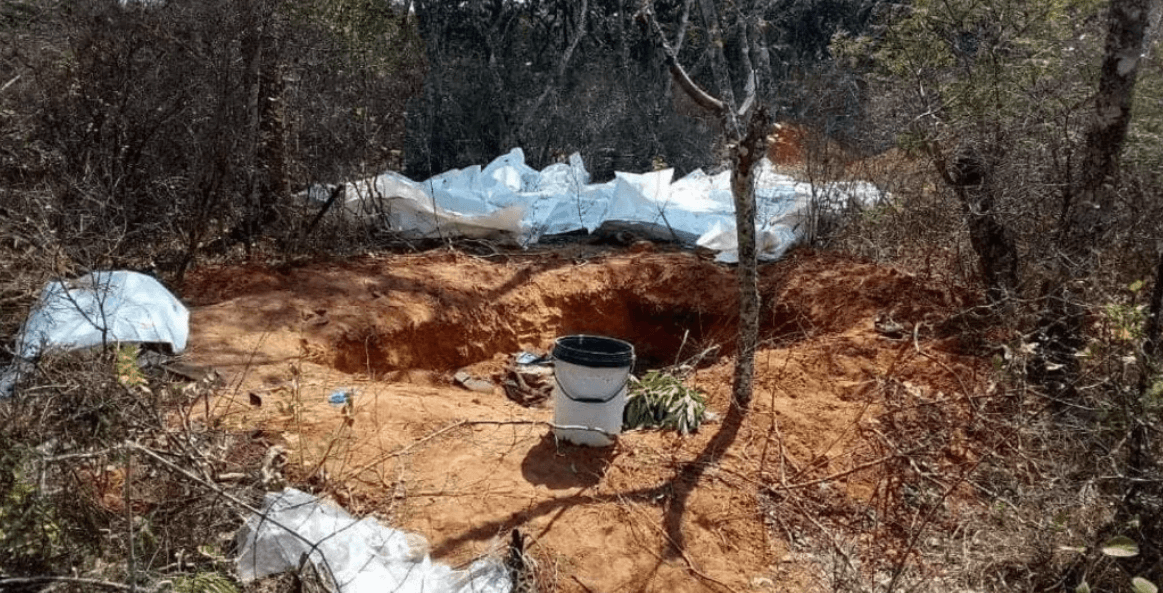Op-Ed – Land: the perpetual flashpoint of Ethiopia’s political crisis
#OromoProtests Special coverage
It is important to situate the recent Oromo students’ protest within the historical context of students’ dissent in Ethiopia. The wave of protest that swept through Oromiya, Ethiopia’s biggest and populous regional state, bears a striking resemblance to the 1960s Ethiopian students’ protest, which culminated into the 1974 revolution that brought down Africa’s last standing Emperor, Haile Sellasie I. It was a revolution that changed Ethiopia’s land tenure system for good.
Like the 1960s, the issue of land ownership has fueled the current students’ protest across the entire Oromiya region; as in 1960s, political repression, drought and cover up of the ongoing severe food shortage that is affecting more than 20 million Ethiopians have created fissures in the political system and anger among the general public.
The current Ethiopian Constitution is by and large one of the legacies of the 1960s students’ movement. Adopted in 1995, the constitution pledges that ‘Land is a common property of the Nations, Nationalities and Peoples of Ethiopia and shall not be subject to sale or to other means of exchange.’However, the regime in Ethiopia owns every inch of land and has been relentlessly taking away huge swathes of it from farmers under the guise of public purpose, only to sell it to investors.
Series of legislations have also made tenure security of farmers vulnerable to the state’s needs over their land. Moreover, the adequacy and fairness of the amount of compensation paid for displaced farmers when the state expropriates their land remains questionable.
Several reports and researches indicate that since 2005 alone hundreds of thousands of mostly Oromo farmers are displaced from their lands to make way for sprawling Addis Abeba. They have subsequently become either daily laborers or beggars in the streets of Addis Abeba. The Oromo protest in this context is not just an opposition to urbanization or infrastructure construction as the regime’s propaganda machine, led by state owned and affiliated media, kept on reciting it; but it is based on a lived experience of anger, desperation and anxiety with the growing trend of repression and displacement.
Breeding the politics of protection
The two previous regimes in Ethiopia were excessively repressive and dictatorial in their nature. During their sixty years of combined rule the politics was selectively distributive in which only a few elites had access to state resources. When the current government came to power in 1991 it reconfigured a century old unitary political system into a new federal political system, taking ethnicity as a primary informer of the federal system. But slowly the politics of a federated Ethiopia once again transformed itself into the politics of protecting a select, centralized few elites.
Far from being federal, as the name says it is, the system started gravitating around a few political elites who have access to make or influence polices; they resorted to establishing a profoundly clientelistic centralism, bent almost entirely upon elites of one ethnic group. Consequently, all the major and key parts of state institutions – army, air force, police, and intelligence, among others, have come under private hands of members of the Tigrayan People Liberation Front (TPLF), one of the four coalition parties that make up the ruling EPRDF. As a result political and bureaucratic institutions have become formal instruments for accumulation of wealth and power that benefits a select few elites who are either members of this party or have access to its network.
However for much of the last 25 years, the central government’s led rhetoric has been about perceived notion of doing away with ethnic suppression and ‘peripherality’ among the Oromos and previously marginalized groups of the wider south. While the start of such rhetoric might have served to empower some of the previously marginalized groups, regional states such as Oromiya and Gambella have never been able to achieve their full independence as stipulated in the constitution; they are neither free to use their resources such as lands as they wish, nor take autonomous positions that represent their interests, especially if the power play at the central government considers those interests threatening to its excess.
Not so much about repression
The growing indignation of many Ethiopians is not so much about the repression under this regime as it is about government’s relentless investment in political propaganda to appear democratic. Unlike the previous two regimes the current government preserves some of the formal aspects of democracy – elections, the concept of multi-party system, a national assembly, or a constitution – just to undo all by deploying systematic technicalities of statecraft. To make matters worse it also boasts extraordinary economic growth and managed to portray itself as the champion of the fastest growing economy.
The truth is, however, like in the 1960s millions of Ethiopians are unable to feed themselves once a day and are hungry again; like in the 1960s millions of Ethiopians are unable to tolerate the economic marginalization in favor of a select few who have managed to build tight political and economic patronage network; and like in the 1960 millions of Ethiopians (this time led by Oromo students) are on the streets saying no to the cumulative results of the ongoing state led political mortification.
And like in the 1960s no amount of state propaganda will cover it up.








